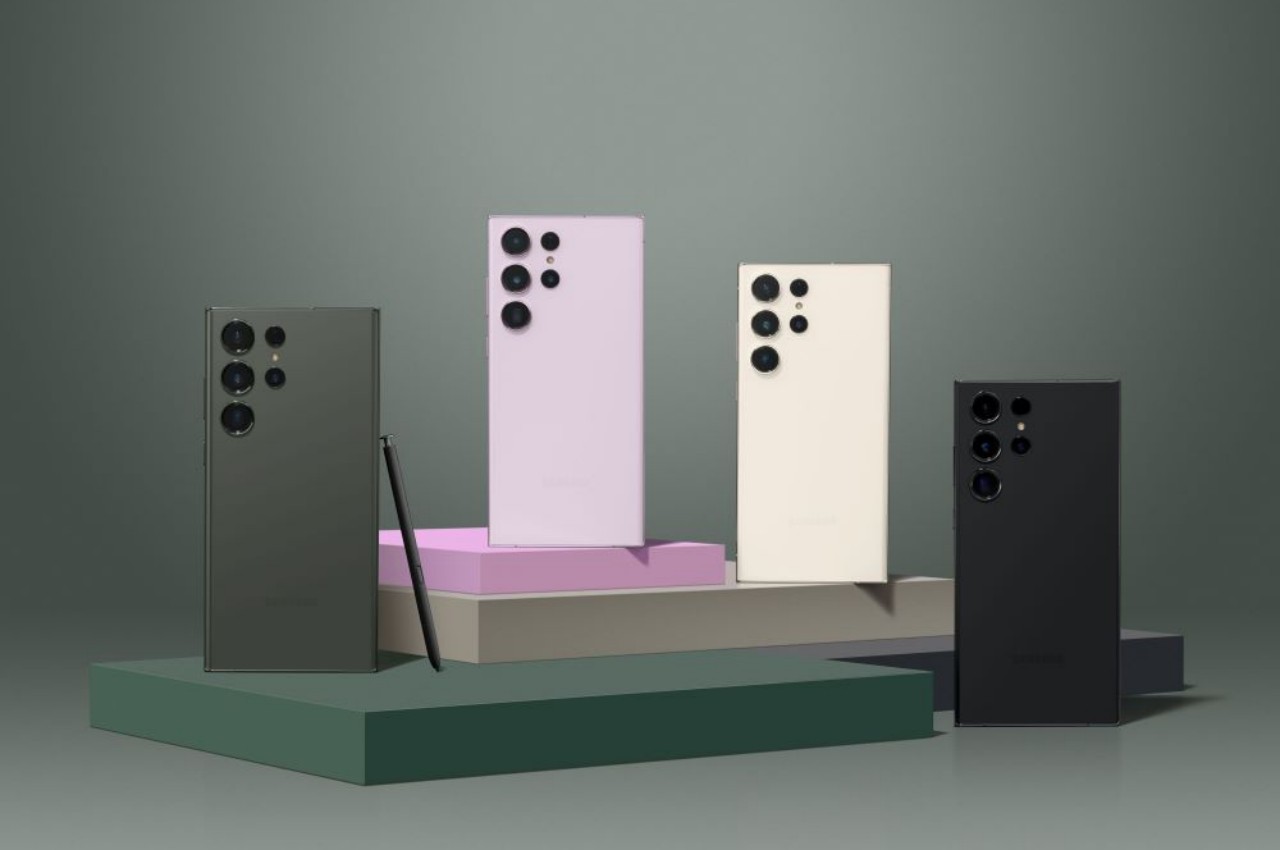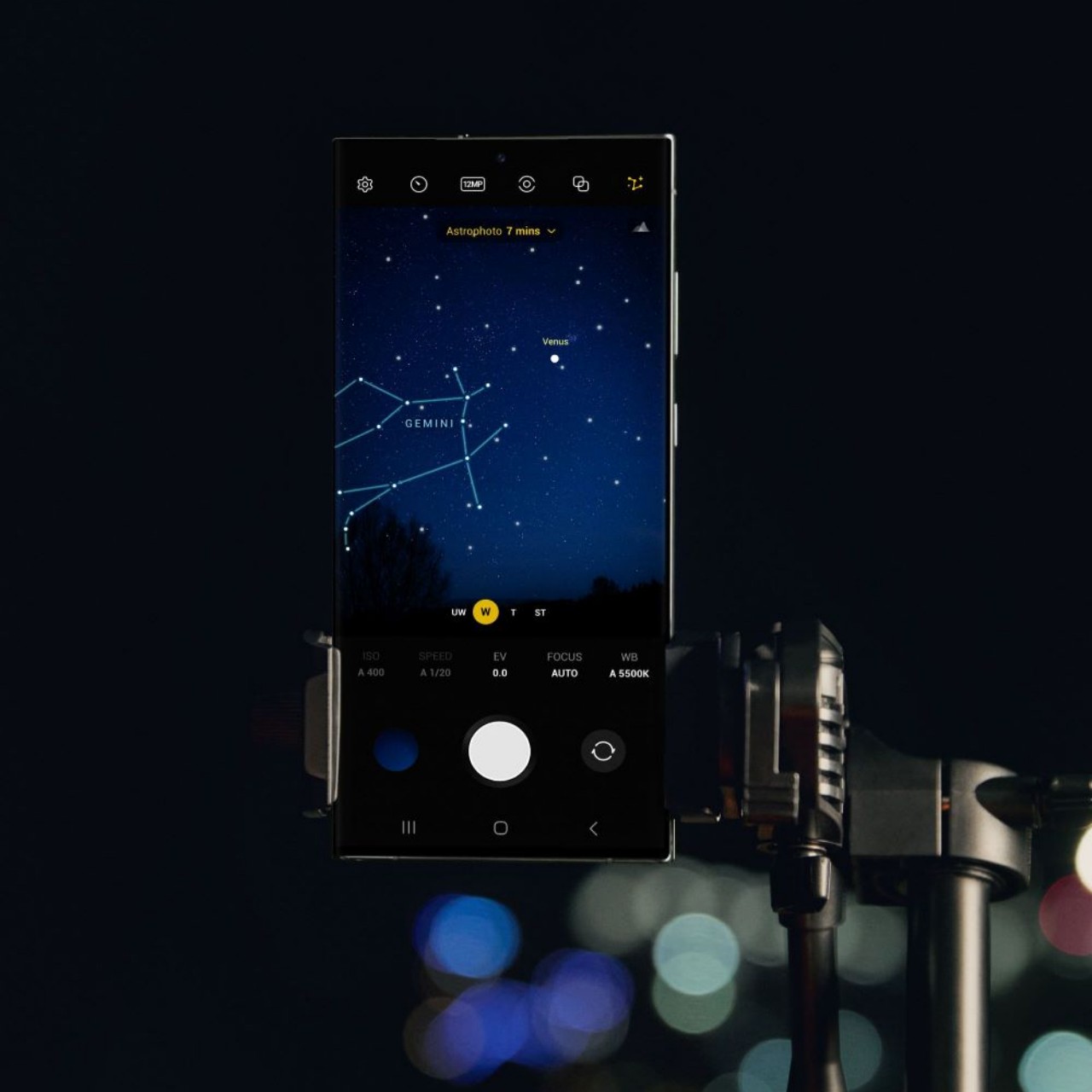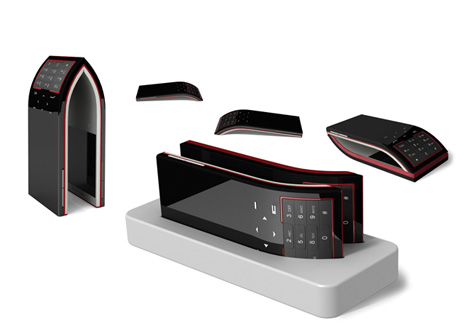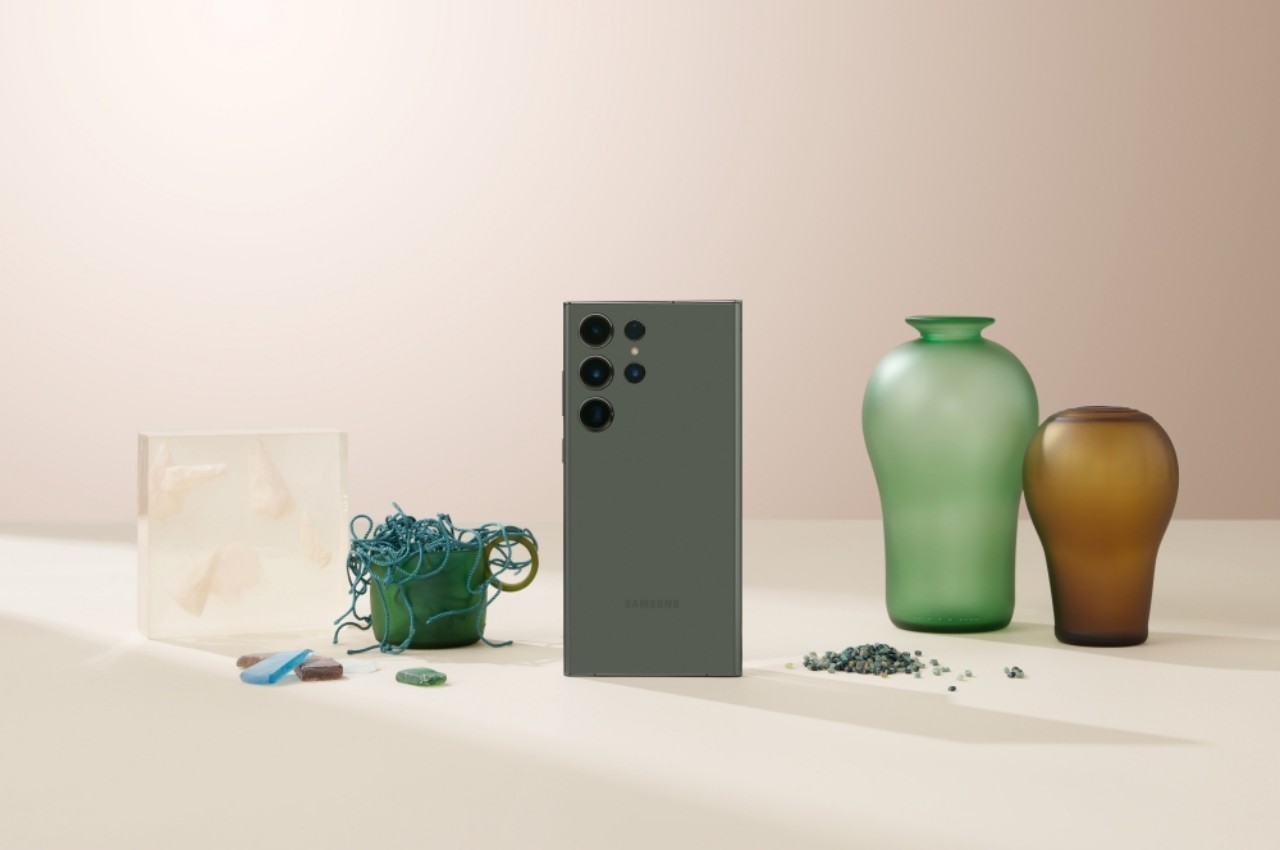
Samsung has finally taken the veil off its early 2023 flagship, and, to no one’s surprise, it is exactly as the leaks claimed it to be. If you are feeling a bit of deja vu, that’s because Samsung has adopted most of the same design elements from last year’s models to the Galaxy S23 trio this year. Of course, there are some changes, like the removal of the somewhat awkward “Contour Cut” camera bump for separate raised lenses per camera, somewhat unifying the design language of the three while still maintaining the distinct identity of the Ultra model. While the familiar design goes well for brand recognition, some might find it boring compared to the bold and sometimes gimmicky appearances of other phones. Inside that simple and subdued appearance, however, lies something more important, one that could have a significant impact on the future of Samsung’s phones and that of the planet as well.
Designer: Samsung

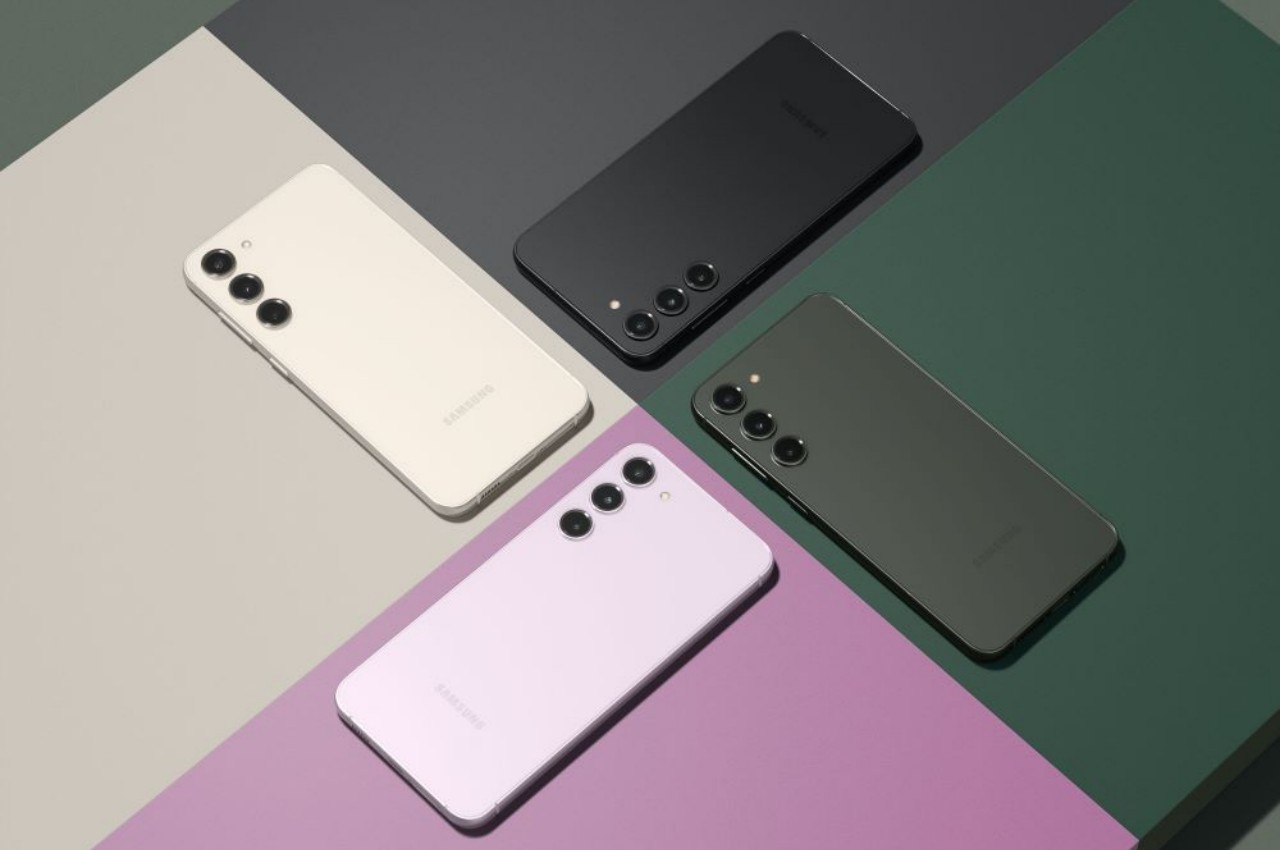
Although they might not be the biggest offenders, the sheer volume of smartphones being produced each quarter, not just each year, has an undeniable effect on the environment, most if not all of them negative. The resources used and wasted in manufacturing phones, not to mention the amount of plastics used in components, all contribute to the degrading state of the planet. Smartphones are also thrown out way before they need to be, sometimes just because they’re no longer supported by the company, and their improper disposal also slowly poisons both land and sea.
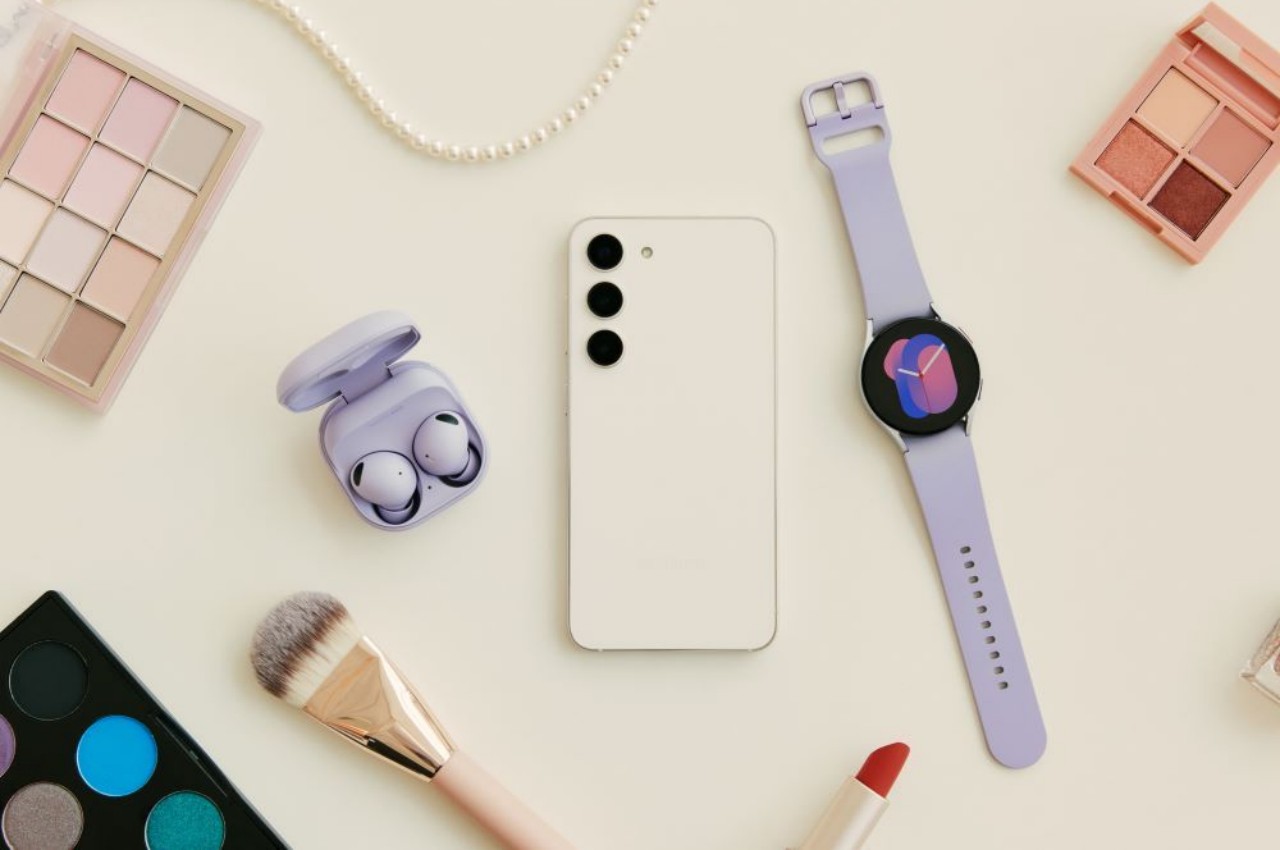
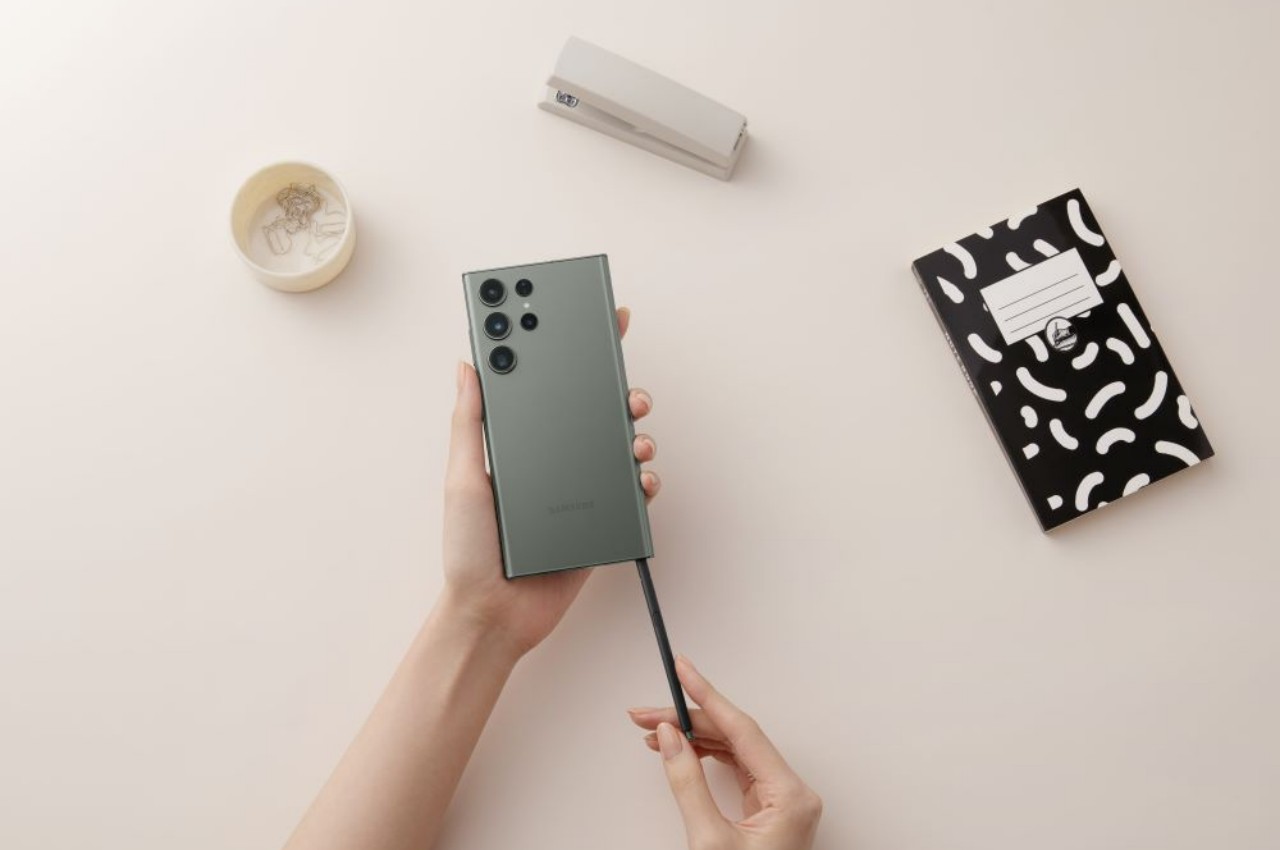
Fortunately, smartphone manufacturers, especially big ones like Samsung and Apple, have started to take notice and take action. Some might question the actual effectiveness of removing the charger from the box, but the positive actions thankfully don’t stop there. Samsung, for its part, has been proudly shouting about its growing sustainability efforts, and the Galaxy S23 series is supposedly taking the next step to a slightly greener smartphone.

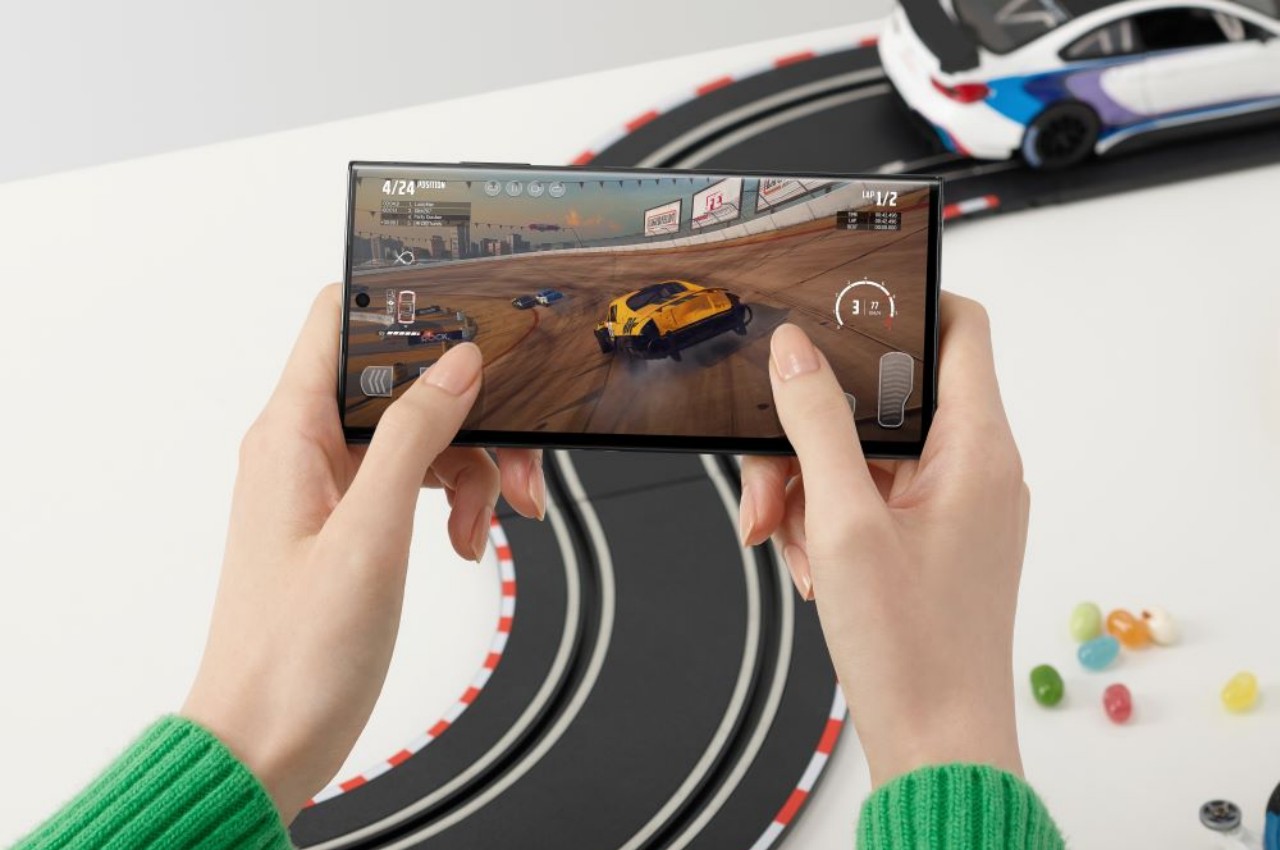
The new Samsung phones have more parts that use recycled materials now, 12 both internal and external components to be precise. These include the use of recycled post-consumer plastic from PET bottles and discarded fishing nets, as well as pre-consumer recycled aluminum and glass. Quite interesting is the revelation that the protective glass used for the phones, the Corning Gorilla Glass Victus 2, contains 22% pre-consumer recycled glass.
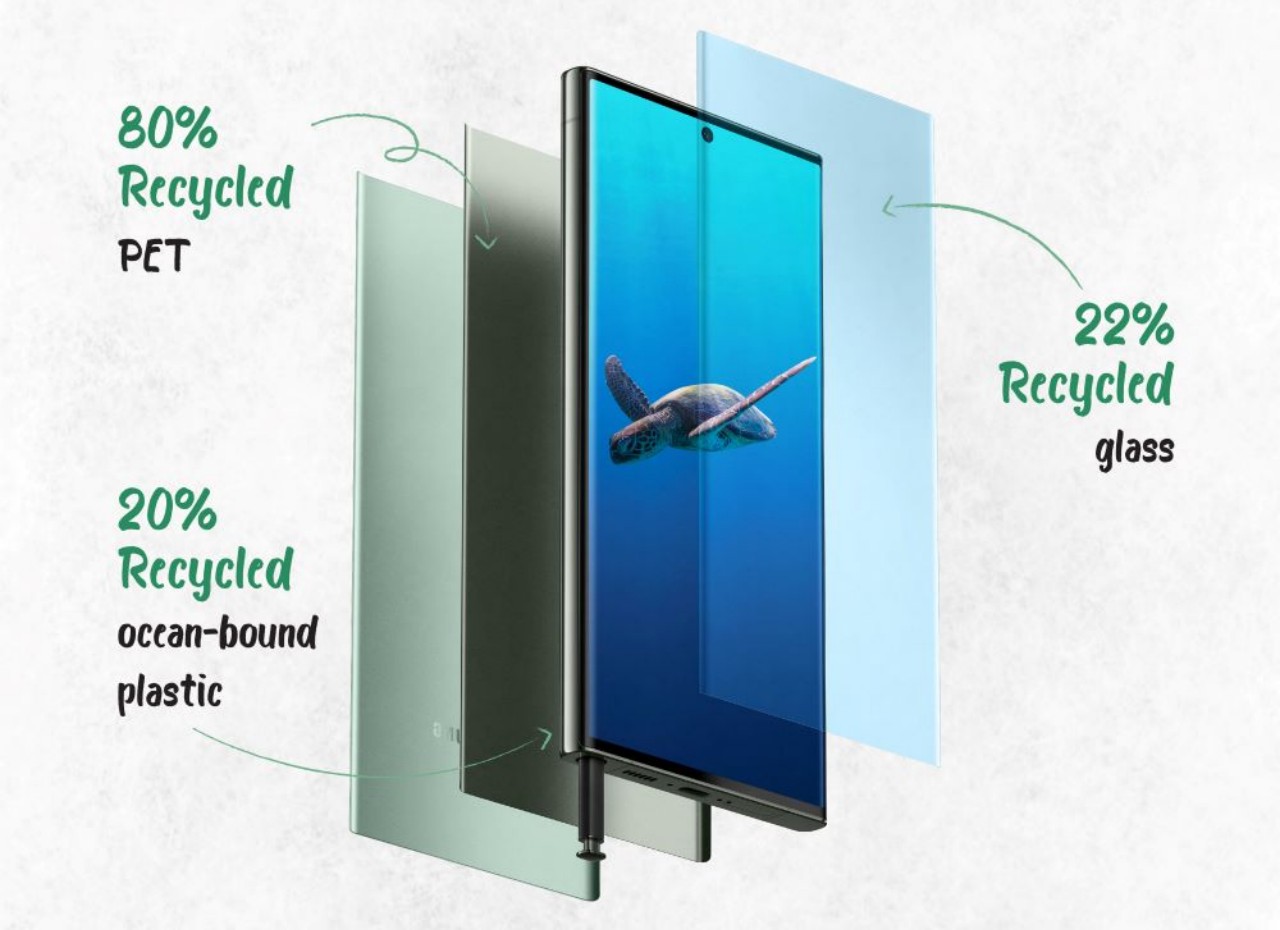
There’s still a tremendous amount of non-sustainable materials used in smartphones, and the processes used to manufacture them and their components continue to hurt the environment. A small win is still a win, though, so Samsung definitely deserves a pat on the back. Even more so because, contrary to common capitalist business logic, Samsung promises around four to five years of support for its phones, ensuring that they will remain usable and keep them away from landfills for even longer periods of time.
